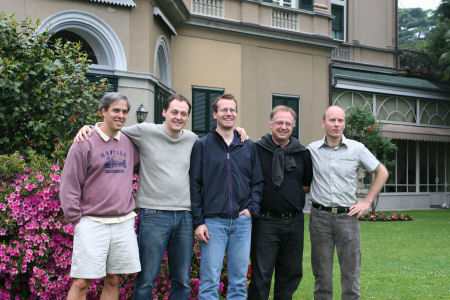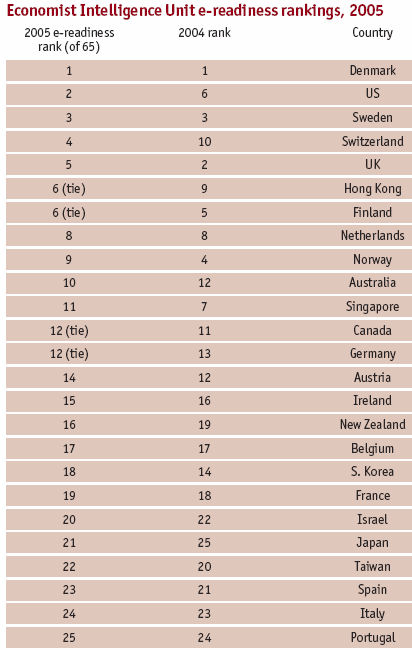
We had our Board of Directors meeting of Boomerang at the Lago di Como, which is near Milano in Italy, during the last week-end. Fantastic :-) Great strategic meeting and discussions, great people, great company.
Thanks to Manu, Chris and Christophe to integrate me for now more than 4 years in the Board. The contact with these guys is *very* enriching, I tell you. As Alex (CFO of BioXell, an Italian biotech company, phase IIa, which already raised over 70 m€) and Pancho (Associate Professor of Strategic Management at EM Lyon), who are in the Board too. Below a picture of us in Como. Left to right: Alex, Manu, Chris, myself and Christophe. Pancho was physically missing this time, we had him by tel.co.

As you can see, the atmosphere is very cool, not prim, but *very* brain-intensive ;-) Como is, as so many people tell, a great place. Combination of an old Italian city + the lake + the mountains + the food (pasta, gelato, pizza, mozzarella di buffala, etc.). I recommand you definitely this place.
Como’s cathedral.

Lake of Como.





